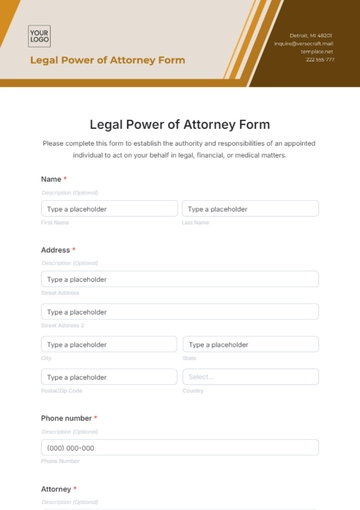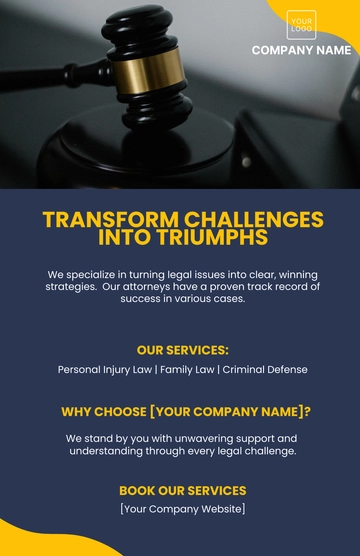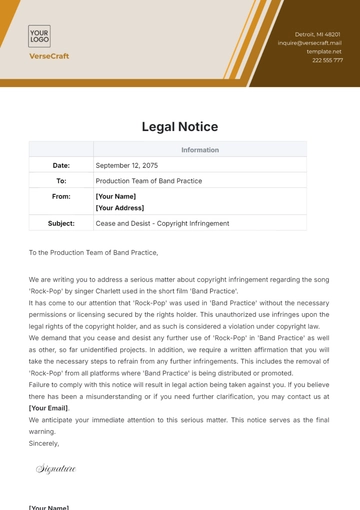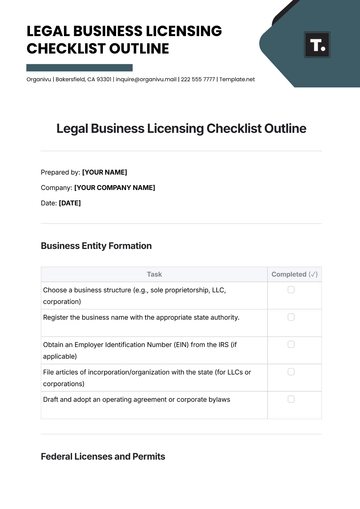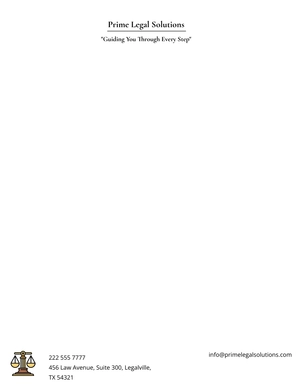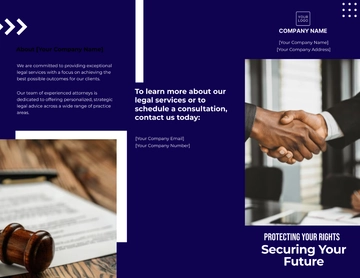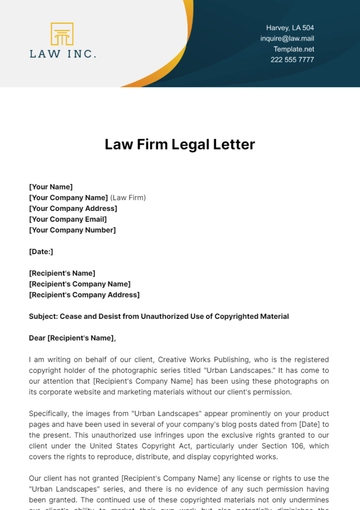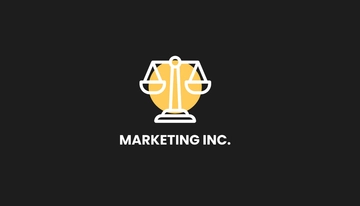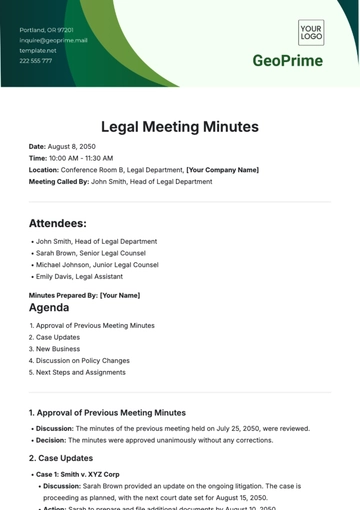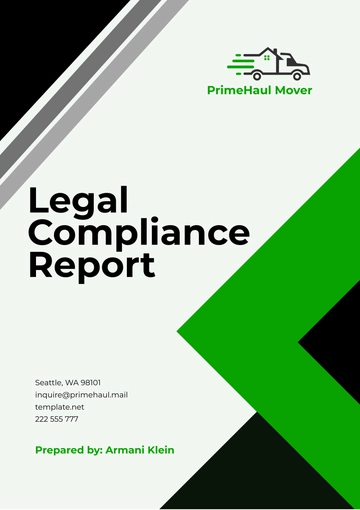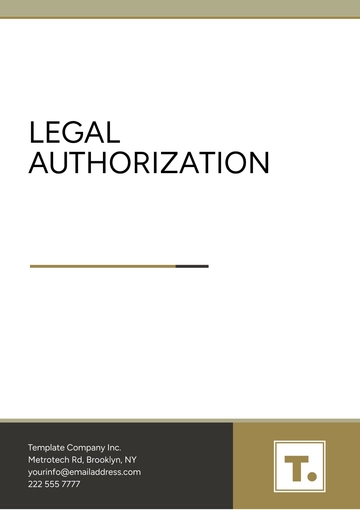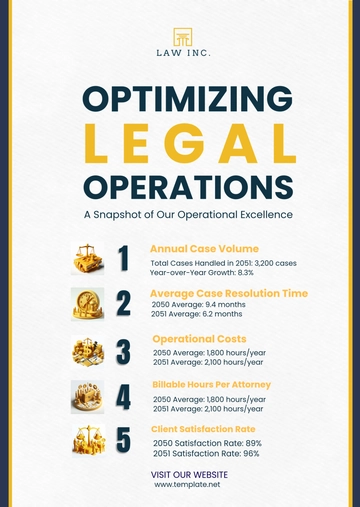Free Law Firm Reputation Management Strategy
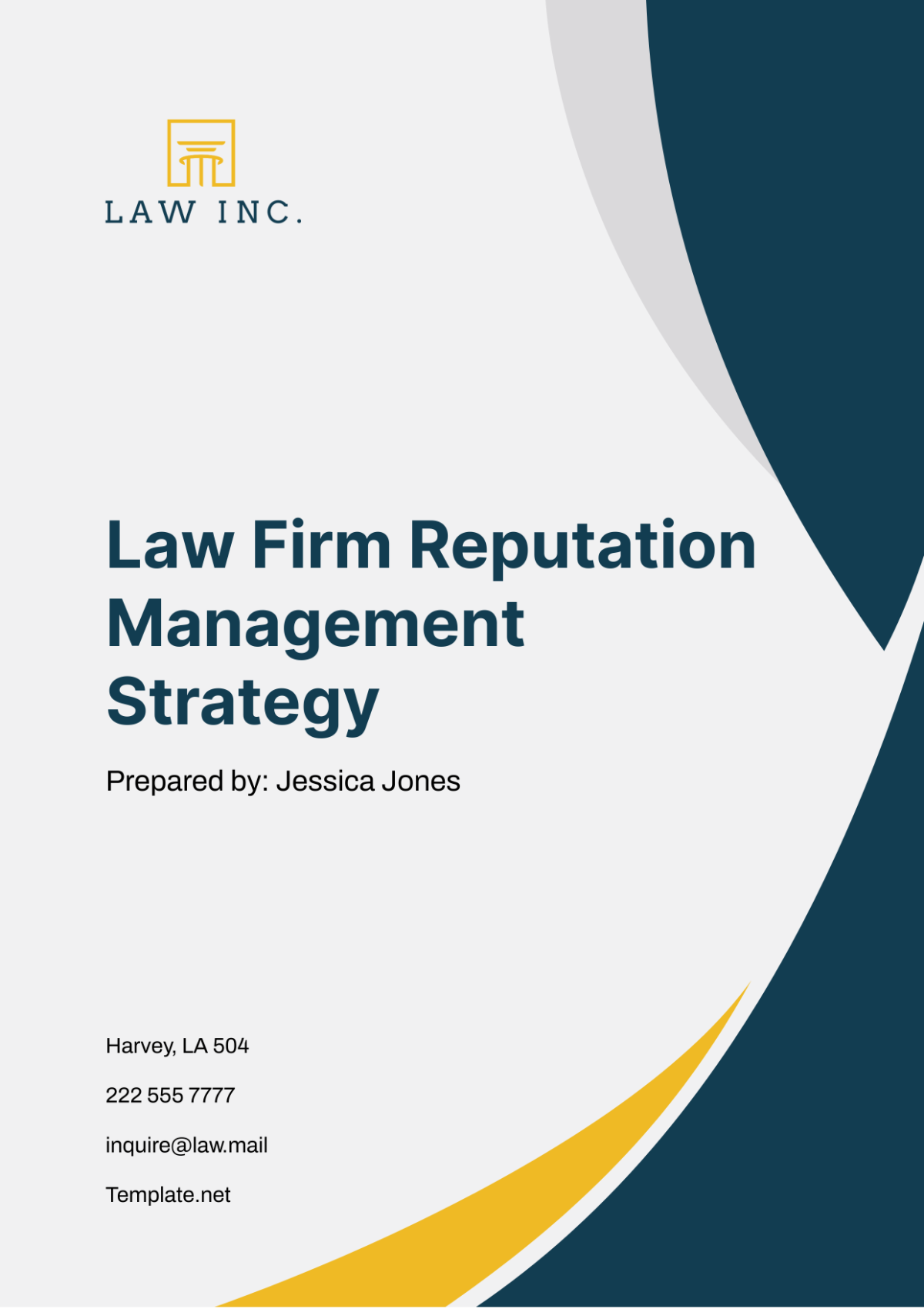
Introduction
In the highly competitive legal industry, the reputation of a law firm plays a crucial role in its success and sustainability. For [Your Company Name], developing a robust reputation management strategy is essential to enhance its market position, attract and retain clients, and mitigate risks associated with negative perceptions. This document outlines our approach to reputation management.
Strategy Overview
This section breaks down the strategy into distinct components, each addressing a critical area of reputation management. By carefully structuring our approach to include online reputation monitoring, we ensure a comprehensive coverage that proactively enhances the firm's stature in the legal community.
Online Reputation Monitoring: Regular monitoring of online reviews, social media mentions, and media coverage using automated tools. Immediate response plans for both positive and negative feedback.
Client Feedback System: Implementation of a structured system for collecting client feedback post-case resolution to gauge satisfaction and areas for improvement.
Content Marketing: Development of authoritative legal content, such as blog posts, whitepapers, and newsletters, to establish thought leadership and enhance SEO.
Public Relations: Engagement with media through press releases and legal insights on current events to maintain a positive public image.
Community Involvement: Active participation in community service and legal aid initiatives to build goodwill and positive associations with the brand.
Implementation
The implementation section outlines the practical steps necessary to execute the reputation management strategy effectively. This section is crucial for translating strategic objectives into tangible outcomes, guiding the firm through the quarterly reviews, and making necessary adjustments based on performance data.
Online Reputation Monitoring Schedule:
To safeguard and enhance the firm’s online presence, it is imperative to monitor various digital platforms regularly. This proactive approach allows the firm to respond swiftly to client reviews and social media interactions, maintaining a positive engagement with the audience.
Platform | Frequency of Monitoring | Responsible Team Member |
|---|---|---|
Google Reviews | Daily | [Name] |
Social Media | Daily | [Name] |
Legal Forums | Weekly | [Name] |
This presents a structured schedule for monitoring key platforms. By assigning specific team members to monitor platforms daily or weekly, the firm ensures constant vigilance over its online reputation, enabling timely responses to client inquiries and concerns.
Client Feedback Collection:
Implementing a systematic approach to collect client feedback after case resolution helps in identifying strengths and pinpointing areas for improvement. This feedback is crucial for continuous service enhancement and client satisfaction.
Time After Case Resolution | Method of Feedback Collection | Expected Response Rate |
|---|---|---|
1 week | Email Survey | 25% |
1 month | Follow-up Phone Call | 15% |
By employing both email surveys and follow-up calls at different intervals post-resolution, the firm can achieve a balanced and comprehensive view of client satisfaction
Content Marketing Plan:
Content marketing is a powerful tool for a law firm to demonstrate expertise and leadership in the legal field. Regular publication of relevant, informative content not only boosts SEO but also establishes the firm's authority in the legal domain.
Content Type | Frequency | Distribution Channels |
|---|---|---|
Blog Posts | Monthly | Website, Social Media |
Whitepapers | Quarterly | Website, Email |
Newsletters | Bi-monthly |
This planned approach ensures consistent content flow that enhances visibility and engages both existing and potential clients.
Public Relations Initiatives:
Engaging with the media and providing expert legal commentary on current events helps in maintaining a positive public image and can position the firm as a thought leader in the legal field.
Initiative Type | Frequency | Expected Outcomes |
|---|---|---|
Press Releases | Quarterly | Media coverage, SEO boost |
Legal Commentary | Monthly | Expert positioning, Media relations |
These efforts are designed to generate positive media coverage and enhance the firm's visibility in the market.
Community Involvement Activities
Active participation in community service and legal aid projects not only contributes to the community but also improves the firm’s public image and fosters goodwill.
Activity Type | Frequency | Location |
|---|---|---|
Legal Aid Workshops | Quarterly | Local community centers |
Charity Sponsorships | Annually | Local events |
These activities are strategic efforts to enhance community trust and increase brand visibility in a positive context.
Monitoring
This process begins with a detailed rollout of each strategic initiative, specifying the start dates, identifying the responsible parties, and defining the resources required. It ensures that each component of the strategy is actionable and aligned with the firm's overall business objectives.
Rollout and Responsibilities: The initial implementation phase involves setting up systems for continuous monitoring, feedback collection, and content distribution, as laid out in the strategy. Each team member will receive clear instructions and timelines for their respective tasks.
Performance Metrics and KPIs: Key Performance Indicators (KPIs) will be established for each strategic component to quantify success and identify areas for improvement. These may include metrics such as response time to online reviews, client satisfaction scores, SEO ranking improvements, and media coverage frequency.
Quarterly Reviews: The firm will conduct quarterly reviews to assess the progress against the KPIs. These reviews will involve analyzing the data collected, discussing challenges faced, and evaluating the success of different initiatives.
Feedback Loop: An integral part of the implementation process is the establishment of a feedback loop. This involves not only gathering insights from clients but also actively seeking input from internal team members who are engaged in the execution of the strategy.
Technology and Tools: To support the implementation and monitoring of this strategy, [Your Company Name] will invest in the latest technology and tools. This includes software for social media monitoring, SEO tracking, and client relationship management (CRM) systems that can automate and streamline various processes outlined in the strategy.
Training and Development: Finally, ensuring that all team members are well-equipped to carry out their roles effectively, the firm will provide ongoing training and development. This includes sessions on best practices for social media engagement, handling client feedback, and writing impactful content.
By following this structured approach to implementation and monitoring, [Your Company Name] will be better positioned to manage its reputation proactively and reactively, thereby securing its place as a trusted and respected entity in the legal field.
Risk Management and Contingency Planning
Effective reputation management requires not only proactive strategies but also preparation for potential reputational risks. This section outlines the risk management procedures and contingency plans that [Your Company Name] will adopt to address possible threats to its reputation.
Identifying Risks: The first step in risk management is the identification of potential reputational risks, which can range from client dissatisfaction and negative online reviews to legal issues and ethical breaches.
Preventive Measures: To mitigate identified risks, [Your Company Name] will implement preventive measures. This includes staff training on ethical practices, strict adherence to legal standards, robust data security protocols, and a clear communication policy.
Crisis Communication Plan: In the event of a crisis, a predefined crisis communication plan will be activated. This plan outlines the steps for responding to various scenarios, including the designation of a spokesperson, the preparation of press statements, and the strategy for client communication.
Monitoring and Adaptation: The firm will continuously monitor the effectiveness of risk management strategies and adapt them as necessary. This ongoing process ensures that the firm remains prepared for new risks as they emerge and maintains resilience against potential threats.
Employee Engagement and Advocacy
The engagement and advocacy of employees are vital components of reputation management. Employees who are well-informed and enthusiastic about the firm's mission and achievements can act as powerful ambassadors for the brand. This section outlines strategies to enhance employee engagement and encourage advocacy.
Internal Communication: Regular and transparent communication is crucial to keep employees informed and involved. [Your Company Name] will utilize internal newsletters, meetings, and digital platforms to share updates, celebrate successes, and discuss the firm’s goals and strategies.
Training and Incentives: To further empower employees, the firm will provide training that enhances their professional skills and understanding of the importance of reputation management.
Employee Feedback System: Implementing an employee feedback system will allow the firm to gather insights directly from its staff on internal processes and client interactions.
Advocacy Programs: [Your Company Name] will develop programs that encourage employees to become brand advocates. This could include social media sharing guidelines, storytelling training, and rewards for employees who positively represent the firm in public forums.
These strategies ensure that the firm is prepared for potential challenges and leverages its strongest asset—its people—to reinforce and advocate for its brand in the legal community.
Conclusion
The reputation management strategy for [Your Company Name] is crafted to address multiple facets of reputation, from client interactions and online presence to community engagement and media relations. By following this strategy, [Your Company Name] can expect to see a strengthened reputation, enhanced client loyalty, and an overall increase in business growth.
- 100% Customizable, free editor
- Access 1 Million+ Templates, photo’s & graphics
- Download or share as a template
- Click and replace photos, graphics, text, backgrounds
- Resize, crop, AI write & more
- Access advanced editor
Safeguard and enhance your firm’s reputation with the Law Firm Reputation Management Strategy Template from Template.net. This editable and customizable template is designed to guide you through the development and implementation of reputation management tactics. Use our Ai Editor Tool to tailor strategies that reflect your firm’s unique needs.
